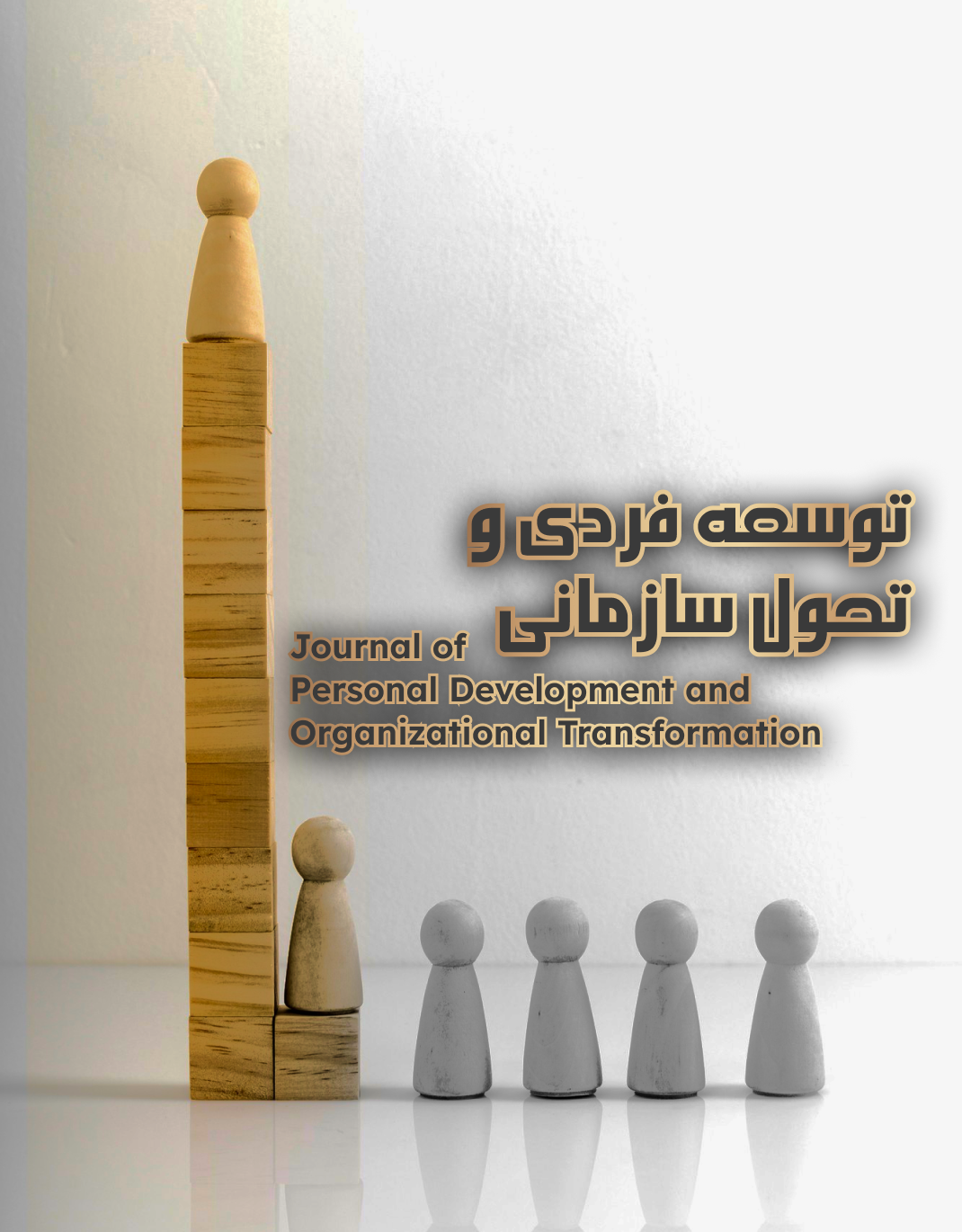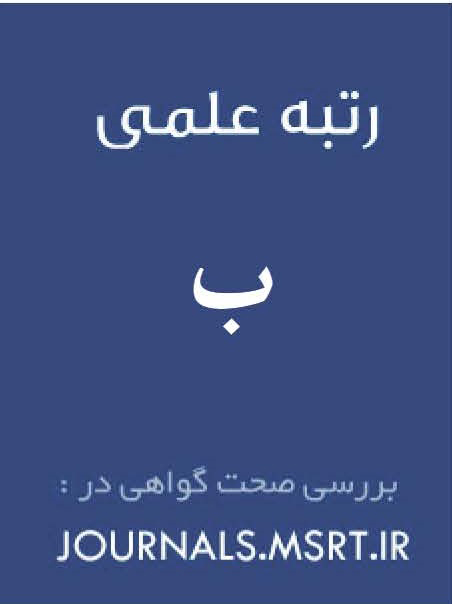Determining and Formulating Effective Components in the Performance Evaluation of Creative Elementary Schools
Keywords:
Phenomenological approach, performance evaluation, creative schools, qualitative studyAbstract
The present study was conducted with the aim of determining and formulating effective components in the performance evaluation of creative elementary schools. A qualitative research method and a phenomenological approach were selected. The research field consisted of experts and specialists in the domains of education, creativity, media, psychology, and measurement and evaluation in Tehran Province during the 2023–2024 academic year. Ten participants were selected through purposive sampling and a public call. Sampling continued until theoretical saturation was achieved. Data were collected using semi-structured interviews. Data analysis was carried out based on Braun and Clarke’s (2019) thematic analysis method. The analysis of the results led to the identification of 6 main themes, 21 sub-themes, and 56 initial concepts. The six main themes included "creative student," "creative family," "creative principal," "creative teacher," "creative curriculum," and "creative school environment." The findings of this study indicate that in evaluating the performance of creative elementary schools, the characteristics of students, families, teachers, and the school environment are of significant importance. These components can contribute to improving teaching and learning methods in schools.
Downloads
References
Barton, G., Khosronejad, M., Ryan, M., Kervin, L., & Myhill, D. (2024). Teaching creative writing in primary schools: a systematic review of the literature through the lens of reflexivity. The Australian Educational Researcher, 51(4), 1311-1330. https://doi.org/10.1007/s13384-023-00641-9
Braun, V., & Clarke, V. (2006). Using thematic analysis in psychology. Qualitative research in psychology, 3(2), 77-101. https://doi.org/10.1191/1478088706qp063oa
Braun, V., & Clarke, V. (2019). Reflecting on reflexive thematic analysis. Qualitative research in sport, exercise and health, 11(4), 589-597. https://doi.org/10.1080/2159676X.2019.1628806
Dhany, K. R., & Yulianti, D. (2025). The Prospects and Challenges of STEM-PjBL with Design Thinking Strategies in Enhancing Students' Creativity and Entrepreneurial Thinking in the Context of Plastic Waste Recycling: Teachers' Perspectives. Jurnal Penelitian Pendidikan Ipa, 11(1), 28-37. https://jppipa.unram.ac.id/index.php/jppipa/article/view/9357
Erwina, E., Elpisah, E., & Syarifuddin, S. (2025). Influence of Discipline, Character, and Creativity on Noble Behavior in P5 IPAS Grade IV. International Journal of Social Welfare and Family Law, 2(2), 36-47. https://doi.org/10.62951/ijsw.v2i2.307
Gormley, K. (2025). Creativity as a transferable concept in arts education curriculum: Synergies and tensions in the Irish context. Arts Education Policy Review, 1-13. https://doi.org/10.1080/10632913.2025.2451808
Januar, E., Yati, F. C., Dahliana, D., Ratih, M., Yumna, Y., & Tulljanah, R. (2025). Learning Indonesian Becomes Fun: Creative Exploration with Methods Picture and Picture in Elementary School. International Journal of Elementary School, 2(1), 1-10. https://journal.staisni.ac.id/index.php/ijes/article/view/73
Mustoip, S., Lestari, D., & Purwati, R. (2024). Implementation of STEAM Learning Methods to Develop Collaborative and Creative Characters of Elementary School Students. JPS: Journal of Primary School, 1(2), 13-20. https://journal.pusmedia.com/index.php/JPS/article/view/103
Muzaki, F. I., Atmoko, A., Santoso, A., Anggraini, A. E., Sutadji, E., & Rufiana, I. S. (2025). Fantasy Story Writing Model for Elementary School Students Phase C. Cuestiones de Fisioterapia, 54(3), 2713-2731. https://cuestionesdefisioterapia.com/index.php/es/article/view/1494
Osello, A., Bin, C., Cassis, M., Rimella, N., Stradiotto, E., & Tarantola, G. (2025). Creativity And Inclusiveness in Elementary Schools With Augmented Reality (Vol. 41).
Peleka, P., Stamovlasis, D., & Metallidou, P. (2025). The Impact of Visual Art-Based Educational Interventions on Creativity: A Meta-Analysis. Creativity Research Journal, 1-24. https://doi.org/10.1080/10400419.2025.2457770
Şenol, F. B., & Karaca, N. H. (2025). Investigation of the effect of music education programme on preschoolers' motor creativity skills. Education 3-13, 53(2), 252-265. https://doi.org/10.1080/03004279.2023.2172356
Setiani, R., Widiasih, W., Suparti, S., Dwikoranto, D., & Bergsma, L. N. (2025). Analysis of Student Creativity Assessment Instruments: Supporting SDGs and MBKM in Higher Education. IJORER: International Journal of Recent Educational Research, 6(1), 206-217. https://doi.org/10.46245/ijorer.v6i1.746
Sliwka, A., Klopsch, B., Beigel, J., & Tung, L. (2024). Transformational leadership for deeper learning: shaping innovative school practices for enhanced learning. Journal of Educational Administration, 62(1), 103-121. https://doi.org/10.1108/JEA-03-2023-0049
Song, Y., Kim, J., Xing, W., Liu, Z., Li, C., & Oh, H. (2025). Elementary school students' and teachers' perceptions toward creative mathematical writing with Generative AI. Journal of Research on Technology in Education, 1-23. https://doi.org/10.1080/15391523.2025.2455057
Thomas, J., & Harden, A. (2008). Methods for the thematic synthesis of qualitative research in systematic reviews. BMC medical research methodology, 8, 1-10. https://doi.org/10.1186/1471-2288-8-45
Widodo, R. M., Triwahyuni, E., & Emyus, A. Z. (2025). The Influence of Wordwall Game Media on Students' Creativity and Conceptual Understanding in Elementary Schools. Jurnal Penelitian Pendidikan Ipa, 11(1), 828-834. https://doi.org/10.29303/jppipa.v11i1.10239
Xu, S., Reiss, M. J., & Lodge, W. (2025). Comprehensive scientific creativity assessment (C-SCA): A new approach for measuring scientific creativity in secondary school students. International Journal of Science and Mathematics Education, 23(2), 293-319. https://doi.org/10.1007/s10763-024-10469-z







